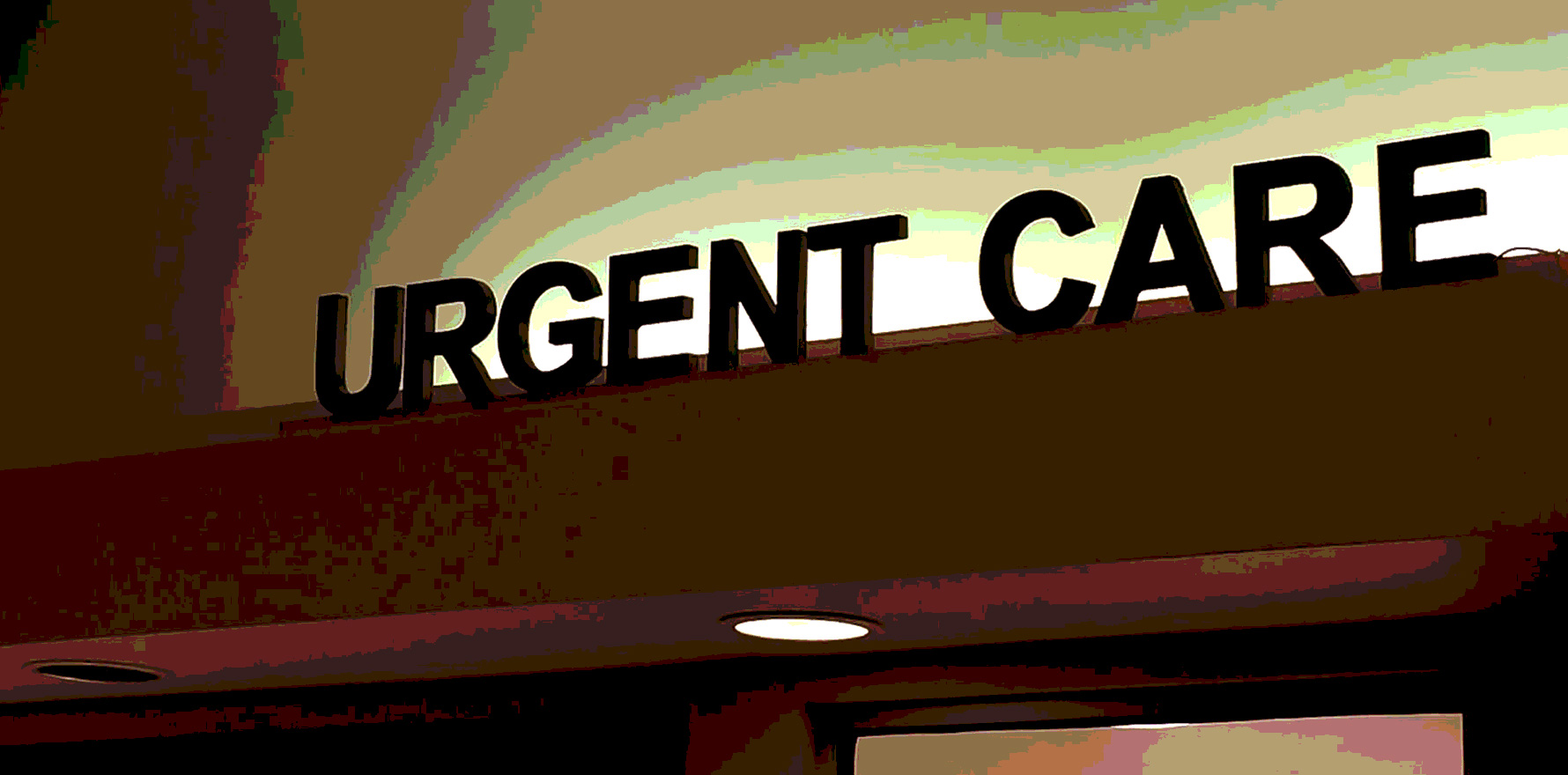They’re rare as hen’s teeth and may be called something else entirely. Good luck trying to find your nearest.
I nearly killed a journalist the other week, inadvertently, in my job as editor of TMR sister publication Health Services Daily.
“Write me an explainer on urgent care clinics,” I said. “Find out where they are, where they’re going to be, and who’s funding them.”
Bless her, she got the story up. We’re hoping she’ll be back to speaking full sentences and not drooling quite so much by the end of this week.
Urgent care clinics began as a twinkle in the eye of Labor back in April 2022. Federal Health Minister Mark Butler said they would be “a level of care somewhere between what you get at a standard general practice and a fully-equipped hospital”, that they would be “fully free and bulk-billed” and “open every day between 8am and 10pm”. They would cost $135 million over four years and there would be 50 of them across the country.
Never mind that emergency department congestion, cited as their raison-d’être, has very little to do with a surfeit of GP-type presentations.
Doctor groups were soon expressing some valid concerns.
The AMA said the centres would compete with nearby unfunded general practices, as well as fragmenting care, in a model “reminiscent of the failed Rudd-era GP super clinics”. The RACGP was cautiously optimistic as long as the clinics built on existing infrastructure. The Australian Private Hospitals Association was concerned about workforce.
Then two state governments – NSW and Victoria – climbed on board promising to fund another 25 clinics each, on top of the Feds’ commitment to 50.
In August the Victorians promised five “priority primary care centres” worth $14.3 million, bulk-billing only.
In September the Feds said existing GP clinics would be able apply for grant funding to be an urgent care clinic, while NSW Health was still working with PHNs to figure out where to put theirs. Victoria’s health department said existing GP clinics would be hired as contractors and they would be expected to deploy their existing workforce to staff the centre, on top of their usual patient load.
Dr Imaan Joshi wrote that those terms had “not inspired much confidence in the UCCs”, at least among GPs. “Where are the checks and balances? What is to stop UCCs taking the rebates and sending patients on to nearby EDs anyway? I cannot help but feel this has been poorly thought out so far.”
In January of this year TMR reported that Tasmanian GPs could apply to be considered for setting up a UCC under the federal program but funding, the cost of equipment, and the question of where staff would come from were all cited as barriers. The funding, said one GP, “just wasn’t enough”.
The federal government began seeking EOIs from general practices, via Tasmania’s health department, on 24 December 2022, with the submission period set to end on 1 February 2023. It intended for the clinics to be operational by 1 July 2023.
Then South Australian GPs were invited by the Feds to climb on board the UCC bandwagon: “But while seven UCC locations have been announced for WA and three for Tasmania, in addition to the five SA locations, the Albanese government has so far refused to say where all 50 clinics promised before the election will be based.”
So imagine our surprise when we tried to find lists of operational UCCs in each state, proposed UCCs and their locations, and funding arrangements in each state and territory, and we came up with piecemeal information buried deep in websites far and wide.
After we wrote our story last week, we were contacted by someone from inside NSW Health complaining about the article and saying they could tell us “all about how UCCs worked in New South Wales”.
When pressed to sit down for an interview however, they backed off, saying they couldn’t say anything “until September”. Makes me dread September, frankly.
This is the level of obfuscation inherent in every governmental health agency in the country. Whether it’s the DNA of bureaucracy, or the short-termism and self-obsession of party politics, finding out simple facts about what is available for whom is a ridiculously convoluted exercise.
Nomenclature is part of that foggy maze. Urgent care clinics morph into “priority primary care”, into “satellite hospitals” (thank you, Queensland), into “rapid outreach”, and back into “urgent care services” which are apparently different from UCCs.
Then there is the question of where clinics are being placed. As an example, in September when the Victorian health department announced their UCCs they said “centres will be established close to the Royal Melbourne Hospital, Northern Hospital Epping, Sunshine Hospital, Monash Medical Centre Clayton, and Grampians Health Ballarat”.
Why? What is the point of putting in clinics near hospitals? Surely clinics should be placed in locations where health services are difficult to get to, if not impossible. Put them where people can make the obvious choice to travel 5 minutes to a UCC in their area, rather than half an hour to get to one next door to the emergency department they’ve always gone to.
Several clinics have been rolled out in NSW that weren’t on the federal government’s confirmed UCC locations even though at least one is definitely getting federal funding. Which begs the question of why they’re being rolled out in those locations too.
None of it makes any sense.
It’s one of the biggest problems facing Australian healthcare today.
Each state insists on devising its own way of doing things, rather than standardising approaches across jurisdictions. All states want to do things differently from the federal government because self-determination. Add in politicians thinking no further than the next election and it’s a recipe for short-term Band-Aid solutions.
If a journo with a deadline can’t find a simple list of operating UCCs, what chance does poor old sick Joe Public have?







